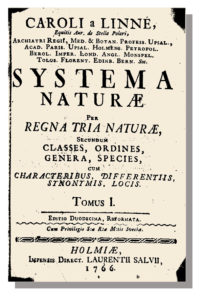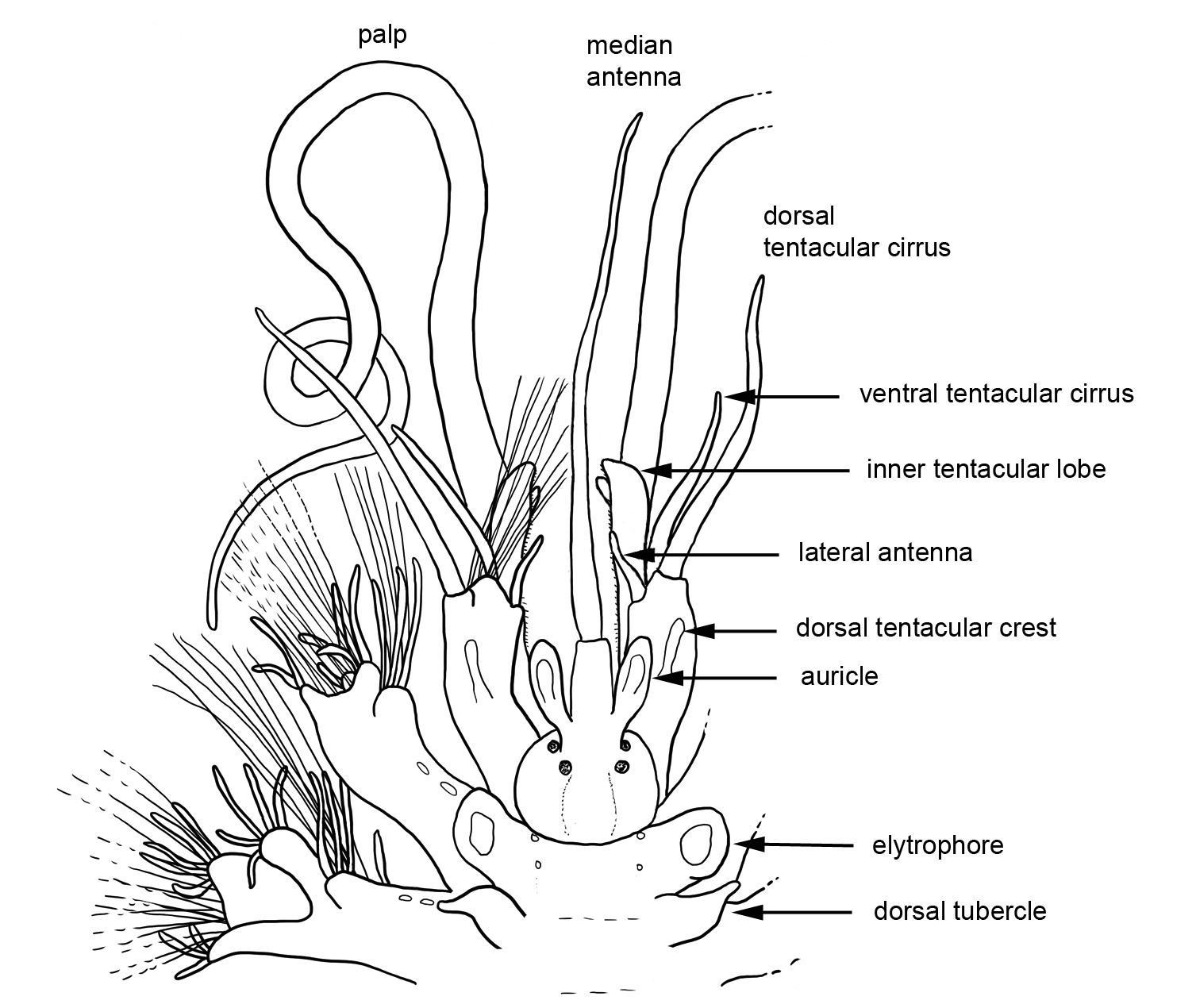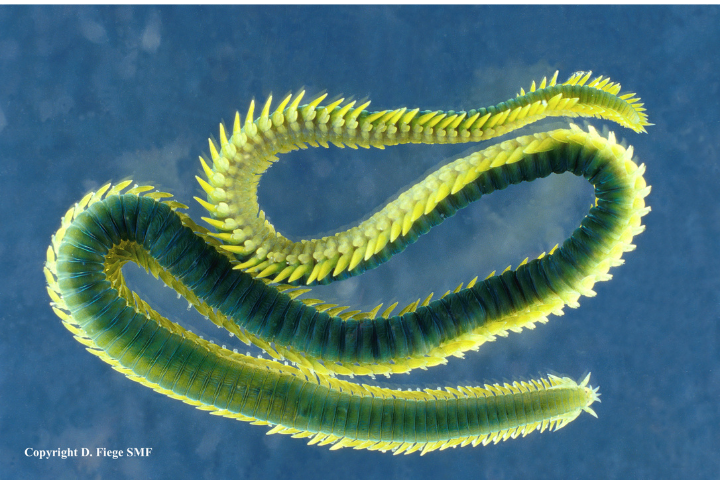Taxonomy and the discovery of new species
Taxonomy is the science of describing, naming and classifying biological organisms based on shared characters. Since the 18th century, when scientists started describing the biological world around them in a more standardised way, the distinguishing characters (This is the technical term for what we would normally call identifying characteristics) and names of species are published in scientific papers.

Even nowadays new species are discovered every day, and subsequently described and named. For example, the World Register of Marine Species currently lists over 238,000 accepted animal, plant and protozoan species from marine habitats worldwide. And in the past few years over 2,000 new marine species have been added each year!
With these figures in mind, it becomes clear that any biologist identifying marine species, for example for a biodiversity assessment, needs up-to-date identification keys and naming resources in order to provide the most accurate data and picture of the habitat under study.

Impact of new species and taxonomic revisions
The discovery of every new species impacts on the currently accepted classification system and regular taxonomic revisions are therefore necessary to keep track of potential changes and implications. For a group of similar species, this involves comparing the original descriptions and ideally the type material (the specimen(s) upon which the original description was based, usually deposited in a museum collection).
This can be challenging as older type specimens in particular, often dating from the 19th century, can be in rather poor condition. Also, the descriptions may be difficult to compare; they might be written across several centuries, in different languages or using different terminology. Therefore, freshly sampled specimens in good condition are essential to complement any missing information.

New taxonomic revision published
THOMSON’s principal taxonomist Dr Ruth Barnich, together with Dutch colleague Ton van Haaren from EUROFINS, recently published an extensive revision of several scale worm species from the Sigalionidae family found in benthic samples from the Northeast Atlantic:
Barnich R. & Van Haaren T. 2021. Revision of Sthenelais Kinberg, 1856, Fimbriosthenelais Pettibone, 1971 and Eusthenelais McIntosh, 1876 (Polychaeta, Sigalionidae) in the Northeast Atlantic. European Journal of Taxonomy 740: 138–171.
Due to the lack of suitably preserved material for comparison, the revision of species grouped into the genera Sthenelais, Eusthenelais and Fimbriosthenelais was long overdue and identification of these species has been challenging, with many controversial views regarding the correct naming of some of these species. During recent studies of marine samples from the Dutch coast and the Geikie Slide, a marine protected area off the Hebrides, many scale worms in good condition were found and allowed for this revision to finally settle a number of open questions.

A total of 37 species were re-assessed, some of which were already considered to be synonyms of accepted species, which the revision was able to confirm. Several others could be added to the list of invalid species, leaving only five species as valid! Apart from providing updated descriptions and names, this revision also includes detailed illustrations of important identification characters and a revised identification key, including not only the five species under study, but also all others classified within the same family of scale worms. As stated by one of the scientific reviewers acting on behalf of the European Journal of Taxonomy, this revision is of wide general taxonomic interest and an important contribution to our knowledge of this family of scale worms.











